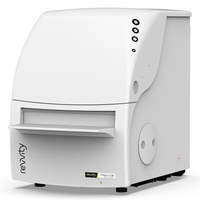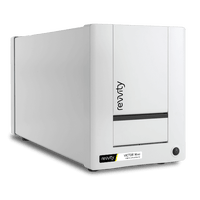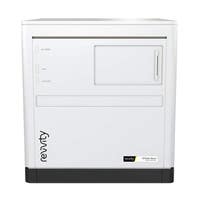

HTRF cAMP Gs Dynamic Detection Kit, 1,000 Assay Points
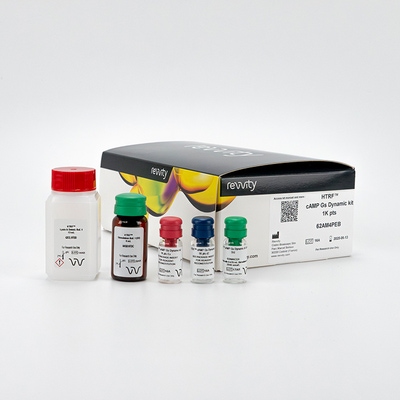

 View All
View All
HTRF cAMP Gs Dynamic Detection Kit, 1,000 Assay Points
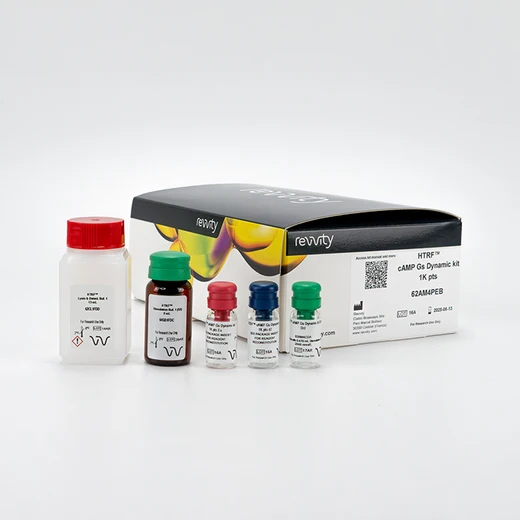



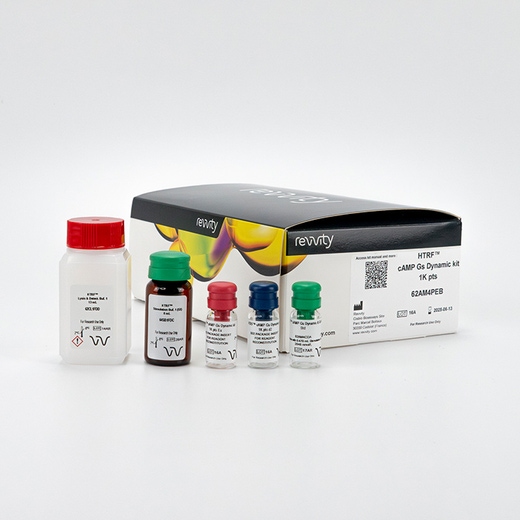



This HTRF kit detects changes of cAMP accumulation in response to Gs coupled GPCR activation or inhibition
For research use only. Not for use in diagnostic procedures. All products to be used in accordance with applicable laws and regulations including without limitation, consumption and disposal requirements under European REACH regulations (EC 1907/2006).
| Feature | Specification |
|---|---|
| Application | Second Messenger Detection |
| Sample Volume | 10 µL |
This HTRF kit detects changes of cAMP accumulation in response to Gs coupled GPCR activation or inhibition
For research use only. Not for use in diagnostic procedures. All products to be used in accordance with applicable laws and regulations including without limitation, consumption and disposal requirements under European REACH regulations (EC 1907/2006).




HTRF cAMP Gs Dynamic Detection Kit, 1,000 Assay Points




HTRF cAMP Gs Dynamic Detection Kit, 1,000 Assay Points




Product information
Overview
Based on HTRF technology, the kit contains all the reagents needed to quantify cAMP, ensuring that you benefit from a complete tool for your needs.
Revvity's HTRF cAMP kits are best suited for measuring cAMP modulations in response to Gs-activation, leveraging an optimized combination of robustness and sensitivity
Specifications
| Application |
Second Messenger Detection
|
|---|---|
| Brand |
HTRF
|
| Detection Modality |
HTRF
|
| Product Group |
Kit
|
| Sample Volume |
10 µL
|
| Shipping Conditions |
Shipped Ambient
|
| Target Class |
GPCR
|
| Technology |
TR-FRET
|
| Therapeutic Area |
Cardiovascular
Infectious Diseases
Metabolism/Diabetes
NASH/Fibrosis
Neuroscience
Oncology & Inflammation
Rare Diseases
|
| Unit Size |
1,000 Assay Points
|
Video gallery


HTRF cAMP Gs Dynamic Detection Kit, 1,000 Assay Points


HTRF cAMP Gs Dynamic Detection Kit, 1,000 Assay Points


Citations
How it works
Assay principle
cAMP kits are based on a competitive format involving a specific antibody labeled with cryptate (donor) and cAMP coupled to d2 (acceptor). This enables the direct characterization of all types of compounds acting on Gs-coupled receptors in either adherent or suspension cells. Native cAMP produced by cells competes with d2-labeled cAMP for binding to monoclonal anti-cAMP Eu3+ cryptate.

Assay protocol
The protocol is simple and straightforward, with just two incubation steps: - Cell stimulation by the target compounds - cAMP detection using HTRF reagents

Assay details
cAMP Gs dynamic product specifications
Use this optimized kit to study your most challenging and precious cellular models. Designed to produce results with minimal cell consumption, this kit features the lowest nanomolar IC50.
Left-shifted IC50 enables you to quantify lower cAMP concentrations, significantly reducing the number of cells required.

| S/B | IC20 nM | IC50 nM | IC80 nM | |
|---|---|---|---|---|
| cAMP - Gs dynamic | >14 | 0.91 | 4.07 | 18.1 |
| cAMP - Gs HiRange | >28 | 4.27 | 22.8 | 121 |
Assay validation
Validation on agonist dose response
HEK293 cells expressing the endogenous ß2 adrenergic receptor were treated with the isoproterenol agonist for 45min.
Isoproterenol was well characterized, displaying the right potency in good correlation with the literature.

Validation on antagonist dose response
HEK293 cells at 7,500 cells/well (optimal cellular concentration situated in the dynamic range of the kit) were treated with a serial concentration of isoproterenol, a beta 2 adrenergic receptor full-agonist.
The EC80-EC90 was determined to choose the optimal agonist concentration to use for the antagonist mode experiment.
Fitting the serial dilution of the antagonist allowed IC50 calculation for the compounds (potency) which was in perfect correlation with the literature.

Resources
Are you looking for resources, click on the resource type to explore further.
Discover the versatility and precision of Homogeneous Time-Resolved Fluorescence (HTRF) technology. Our HTRF portfolio offers a...
SDS, COAs, Manuals and more
Are you looking for technical documents related to the product? We have categorized them in dedicated sections below. Explore now.
-
言語French国France
-
言語German国Germany
-
言語Greek国Greece
-
言語Italian国Italy
-
言語Spanish国Spain
-
言語English国United Kingdom
-
言語English国United States
-
Lot number16CLot dateDecember 9, 2025
-
Lot number16BLot dateOctober 15, 2025
-
Lot number16ALot dateJune 13, 2025
-
Lot number15QLot dateJune 13, 2025
-
Lot number15MLot dateSeptember 21, 2024
-
Lot number15NLot dateSeptember 21, 2024
-
Lot number15LLot dateSeptember 21, 2024
-
Resource typeManual言語English国-


How can we help you?
We are here to answer your questions.































